
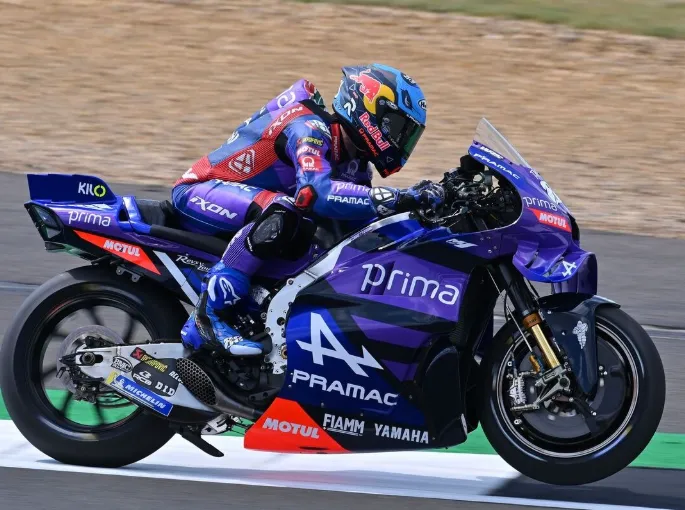
Miguel Oliveira Desperate calls the afternoon in Aragon a ‘disaster’
Miguel Oliveira didn’t mince words after a catastrophic practice session at the 2025 Aragon Grand Prix, labeling the day a “disaster” and expressing deep concern over his Pramac Yamaha’s electronic behavior. Finishing 20th, the Portuguese rider found himself among the slowest on track—and he made it clear that the issues went far beyond rider error.
“Afternoon, in one word, a disaster. Pretty much everything was bad,” Oliveira said, shaking his head in visible frustration. “The bike behavior was a bit strange, especially when we went for the time attacks.”
What began as another testing day on Yamaha machinery quickly spiraled into a public indictment of the bike’s electronic system, especially during left-hand corners and time attacks.
Constant Highsides and Unpredictable Behavior in Left-Hand Corners
Oliveira was clear about where the problems began—and how they escalated. The biggest culprit, he said, was the inconsistent electronic delivery, which triggered repeated highsides on left-hand turns.
“Electronic-wise, everything was working in a completely different range. I kept high siding in every left corner.”
This isn’t just a minor glitch. Repeated highsides mean the bike’s power delivery and traction control are completely out of sync with rider input, something that’s not only performance-limiting—but outright dangerous.
For Oliveira, every corner became a gamble, making it impossible to push or even find rhythm.
“Also, on entry, the feeling of the bike sliding and coming in was not normal,” he added, referring to the bike’s unstable chassis behavior under braking.
Time Attack Woes: Yamaha Still Lacks ‘Attack Mode’ Setup
Time attack runs—critical for qualifying—were another area where Yamaha failed Oliveira completely. The rider admitted the bike had no clear mode or map designed for performance bursts, putting him at a severe disadvantage during the final minutes of the session.
“There is something really big we need to change, especially in the electronics, to try to use the bike in a time attack mode.”
In MotoGP, a well-calibrated time attack map can make or break a qualifying session. With every tenth of a second counting, Oliveira was essentially riding blind, fighting a bike that didn’t respond predictably under maximum load.
The Portuguese star’s tone suggested that this was not a one-off problem, but rather a systemic failure in Yamaha’s current software-electronic architecture.
Rear Grip Nightmare: Yamaha’s Persistent Weakness Exposed Again
When asked about Yamaha’s track-specific challenges, Oliveira didn’t hold back. He described rear grip loss as a major flaw, especially damaging at a layout like Aragon with its long, sweeping corners.
“We suffer a lot from rear grip. And we also have quite long corners. The asphalt here was never asphalt that had a lot of grip, historically—and we suffer more.”
This isn’t a revelation. Yamaha’s problems with rear tire degradation and grip have been well-documented for several seasons. But the Aragon layout—with its long, high-speed turns—amplifies the problem to embarrassing levels.
“Sometimes it takes just a small amount to be out of the window to use the tire, and this is quite damaging in the lap because it’s also a long track,” Oliveira added.
In short: Yamaha is not just losing tenths—they’re losing entire corners, lap after lap.
The Rider’s Verdict: No Confidence, No Traction, No Plan
For a rider like Miguel Oliveira, who has shown talent and tactical brilliance on multiple manufacturers’ bikes, such a performance was both frustrating and demoralizing. His statements reveal not just disappointment—but a creeping sense of resignation.
“It’s not easy to work your way around it,” he concluded. “You go out there, and you’re immediately out of the performance window.”
Without faith in the bike’s behavior, a MotoGP rider is paralyzed. That’s exactly where Oliveira—and perhaps the entire Yamaha roster—now finds themselves.
Yamaha’s Deepening Crisis: Not Just One Rider’s Complaint
This isn’t just an isolated Oliveira rant. Combined with Fabio Quartararo’s emotional comments, this paints a picture of an entire manufacturer adrift, unsure of its electronics, tire strategy, and track adaptation approach.
The question Yamaha must now confront is simple: how can they fall so far behind, when Ducati, KTM, and Aprilia are progressing at breakneck pace?
Every other factory has mastered or improved corner exit grip, throttle mapping, and tire window management—all areas where Yamaha now seems lost.
The Rider’s Risk: Oliveira’s Career Could Be at a Crossroads
For Miguel Oliveira, this public criticism carries risk. Riders who openly challenge their teams sometimes face internal pushback, but his comments were measured—driven more by urgency than rebellion.
Having moved to Pramac Yamaha with high hopes, Oliveira now finds himself in the middle of a technical implosion, with little to show for his efforts.
Unless changes are made soon, Oliveira’s prime racing years risk being wasted in a technical dead zone.
Technical Deep Dive: What’s Going Wrong in Yamaha’s Electronics?
Yamaha’s electronics have long been considered less adaptive than rivals like Ducati, who use a blend of magneti marelli hardware and proprietary software for traction control, launch mapping, and engine braking.
Yamaha, by contrast, continues to lag in creating aggressive-yet-predictable performance maps. As Oliveira noted, the system seems to run in a “different range,” unable to recognize grip levels dynamically or tailor power output to changing lean angles.
This disconnect becomes fatal during time attack laps, when riders need absolute trust in the electronics to push into the final tenths. Oliveira’s repeated highsides indicate a complete misfire between grip sensing, power delivery, and anti-spin correction.
Track-Specific Disasters or Fundamental Flaws?
Aragon is a technical circuit. Long corners, elevation changes, and tricky braking zones demand both stability and responsiveness. But Oliveira’s problems aren’t just about Aragon.
They point to fundamental weaknesses in Yamaha’s current MotoGP package—particularly its failure to handle:
-
Low grip asphalt
-
Long corner exits
-
Time attack calibration
-
Side grip in left-hand turns
These are not minor shortcomings. They are core competitive metrics, and Yamaha is failing them all.
Rider Safety Becomes a Growing Concern
Perhaps most worrying is the danger Oliveira faced, repeatedly high-siding due to erratic traction responses. In modern MotoGP, where safety has been prioritized through technology, such issues raise red flags.
How long can Yamaha ask its riders to push when the risk outweighs the potential reward?
The Reaction from the Paddock: Sympathy and Shock
Riders from other teams have quietly expressed sympathy for both Oliveira and Quartararo. Privately, some engineers have acknowledged that Yamaha’s electronic mapping system is outdated, lacking the “smart” feedback loops other manufacturers now employ.
Fans, meanwhile, are stunned at the transparency from Yamaha riders. Rather than spin the situation, both Oliveira and Quartararo have gone public in a way rarely seen in the paddock.
The result: a flood of fan support—but also mounting pressure on Yamaha management.

Can Yamaha Recover Before Race Day?
The short-term outlook is bleak. Electronics issues require time, testing, and simulation—not quick fixes overnight. Oliveira’s best hope for Saturday may be damage control: tweaking throttle response just enough to avoid danger.
But make no mistake—unless a major re-mapping or setup overhaul occurs, Oliveira will be fighting to stay out of the bottom five, not aiming for points.
Final Thoughts: A Dark Day for Yamaha, a Warning From Oliveira
Miguel Oliveira’s Aragon disaster is more than a bad session. It’s a warning shot across the bow of a once-dominant manufacturer now sinking under the weight of its own inertia.
The Portuguese rider’s honesty, frustration, and professionalism were on full display. But what he needs now isn’t just sympathy—he needs solutions.
Unless Yamaha wakes up to the crisis it’s facing, riders like Oliveira and Quartararo may start planning their exit strategies—and that could mark the true beginning of a long, painful rebuild.

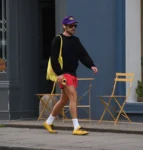

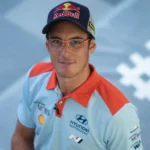




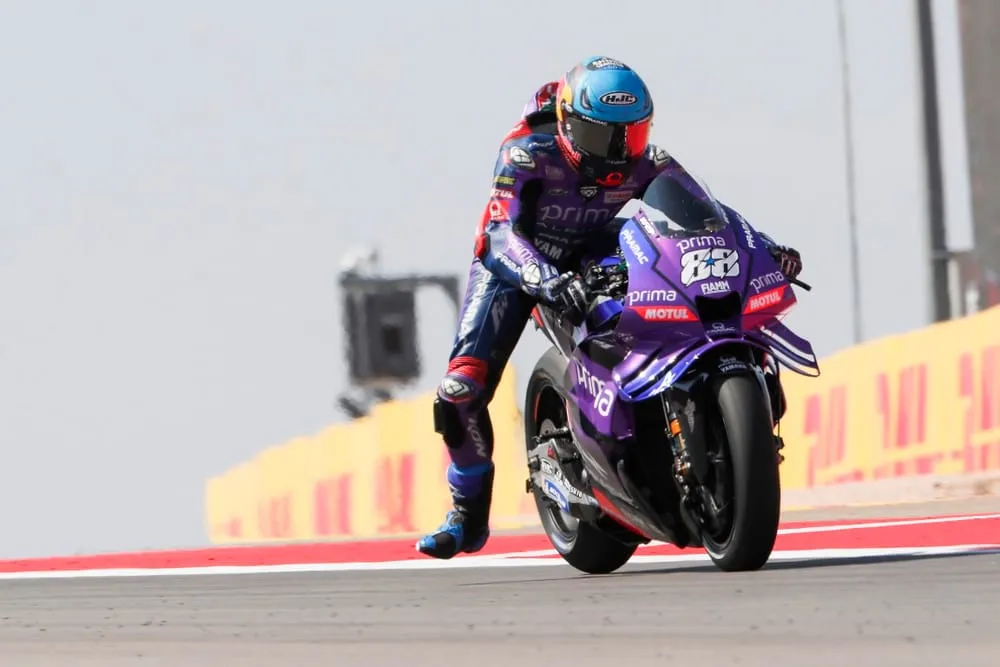
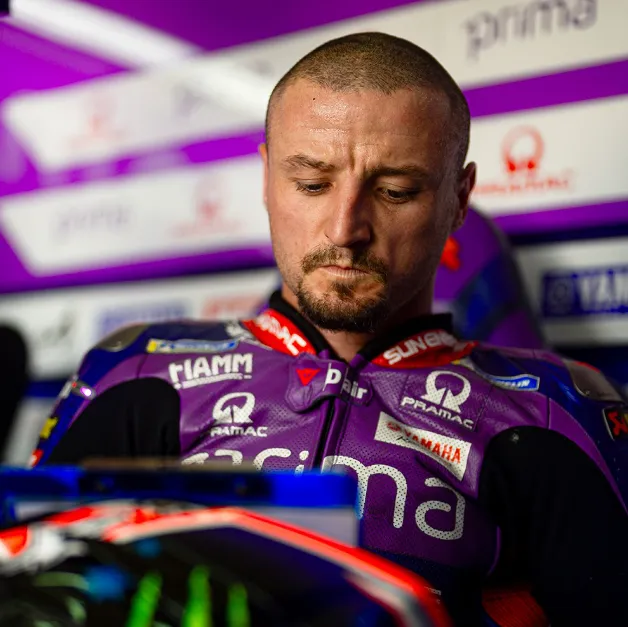

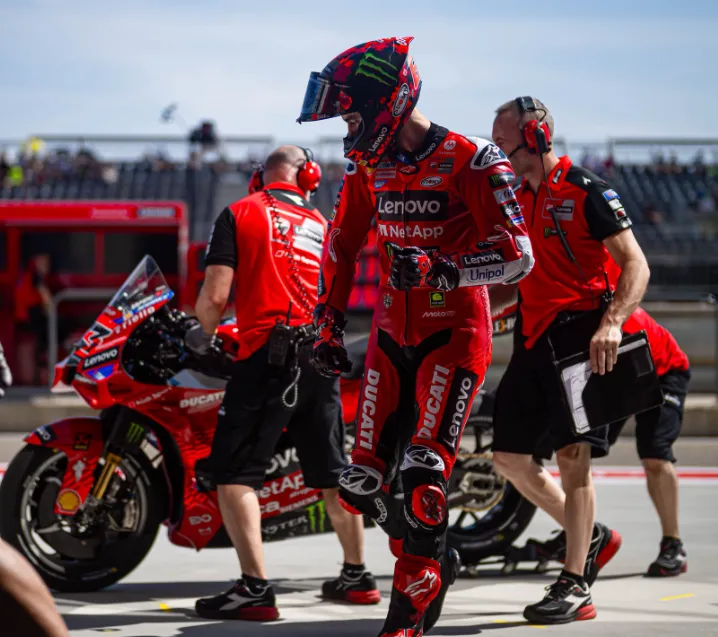








Post Comment